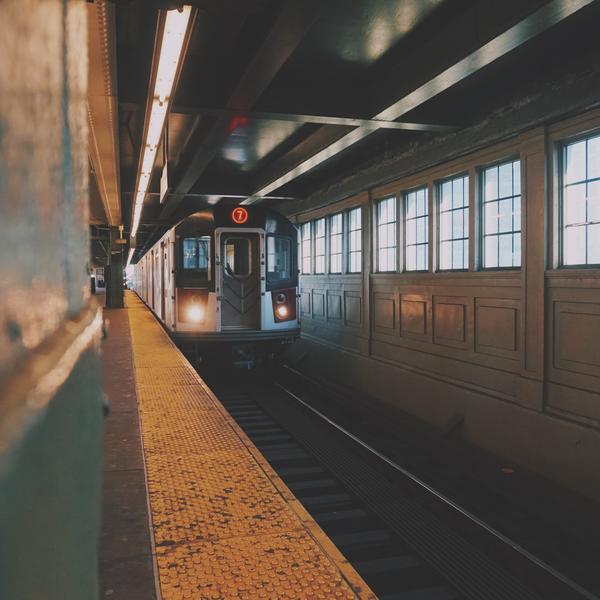Sustainability was quite literally built into the building of Hudson Yards. From the very first architect sketches, the development was designed to be the future of eco-friendly urban living. The United States Green Building Council awarded that ambition by certifying Hudson Yards as LEED Neighborhood Development Gold—in recognition of its exceptional consideration of carbon, energy, water, waste, transportation, materials, health, and indoor environmental quality. As the first neighborhood in Manhattan to earn that distinction, here are some of the ways Hudson Yards helps to make the world a greener place:
Reusing stormwater: Rainfall collected from rooftops and public spaces is stored in a 60,000-gallon tank in the platform that is the base of the neighborhood. The water is then used to irrigate the hundreds of trees and nearly 30,000 plants in the Public Square & Gardens and cool mechanical systems. This helps conserve potable drinking water and reduces stress on the city’s sewer system.
Mitigating greenhouse gas: Powered by two cogeneration plants, the neighborhood’s first-of-its-kind microgrid reduces greenhouse gas emissions by 25,000 metric tons each year. That’s the equivalent of the output of 5,100 cars.
Attracting pollinators: The plants throughout Hudson Yards were selected because they were known to attract pollinators—more than 225 types of bees, butterflies and others—that are otherwise threatened by habitat loss and climate change.
Encouraging public transport: Hudson Yards is directly connected or easily accessible to the No. 7 Subway, Penn Station, three MTA bus lines and the Midtown ferry terminal.
As John Mandyck, CEO of the Urban Green Council, said upon bestowing the LEED Gold certification, this kind of design helps us all “rethink what’s possible.” And Hudson Yards continues to do just that, with initiatives like the Farmers and Artisan Markets.
***
What’s it like to work in such an innovative neighborhood? Read about the great views, nourishing meals and calming midday breaks.






 Hudson Yards
Hudson Yards